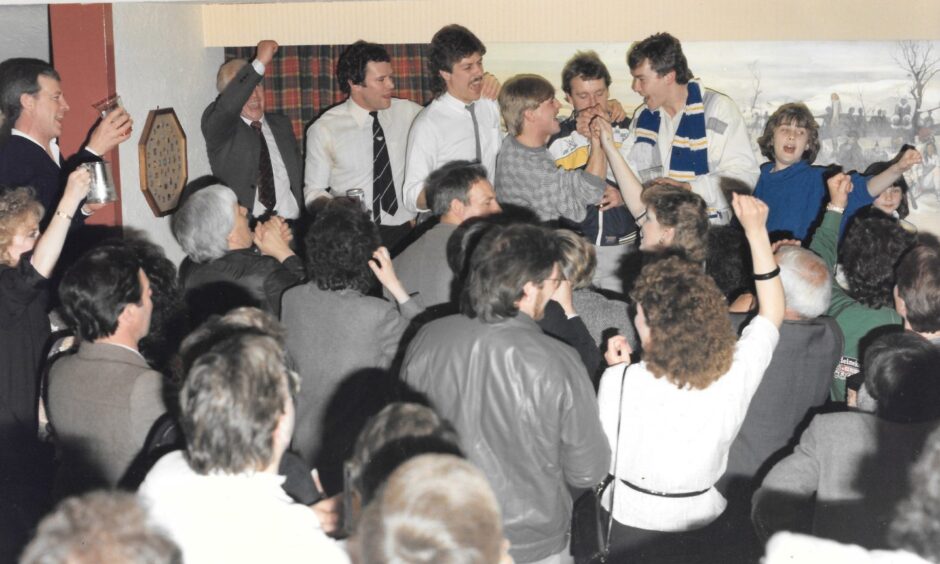
Fife Flyers were crowned the new kings of British ice hockey on May 5 1985 in front of then-record 7,300 fans at Wembley Arena.
It was the biggest crowd to watch a game in Britain since the 1960s.
The 9-4 win over Murrayfield Racers secured a first British Championship since 1978.
It was the underdog tale no one saw coming.
What happened in the summer of 1984?
Club historian John Ross said the summer of 1984 was a watershed for the Flyers.
“The club had elite facilities, the highest attendances in Scotland, a productive youth development programme and considerable commercial and media interest – every indication of success except a trophy-winning team,” he told me.
“In a trail-blazing move, Flyers team manager John Haig and vice-chairman Jack Dryburgh undertook an extensive scouting mission in Toronto in June 1984.
“Their brief was simple – bring back three men who could transform a struggling side into a championship outfit.
“Along with a valuable transatlantic contact Cameron Killoran, the pair spent a fortnight assessing over 80 recommended players.
“Eventually they chose their three men, not solely on grounds of playing ability but mindful of maturity, marketability and adaptability to the British scene.”
They signed Canadians Ron Plumb, Dave Stoyanovich and Danny Brown.
Crucially, the club believed the trio was what was required off the ice as well as on it.
Plumb became player-coach.
He was 34 and had played in the NHL with the Hartford Whalers.
Stoyanovich was playing for Nova Scotia Voyageurs in the American Hockey League.
Brown joined from the University of Western Ontario.
He was a Canadian Olympic trialist.
A season like no other at Kirkcaldy Ice Rink
The imports blended seamlessly with local talent like Andy Linton, Neil Abel, Gordon Latto, Dougie Latto, Gary McEwan, Brian Peat and Jimmy Pennycook.
John said: “In a still semi-professional era, coach Plumb understood the conflicting demands on time, family, and fitness and coaxed the best from weary limbs and minds.
“He got to know and charmed families and employers.
“He knew that the team was bigger than just a bunch of hockey players.
“Respected and liked by management, players and fans, Plumb valued the full squad and created the best team spirit the Flyers had known for years.”
Anticipation was high.
A crowd of 2,500 watched the opening game.
Crowds doubled and ice hockey surpassed football.
The Flyers were pulling in a bigger attendance than Raith Rovers.
No mean feat given it was the time of the miners’ strike and mass unemployment.
Among the fans was world darts champion Jocky Wilson.
He became so enthusiastic that he sponsored winger Chic Cottrell in 1984.
Flyers got the better of Dundee Rockets
The Plumb-inspired Flyers were challenging for silverware again.
They finished runners-up in the Autumn Cup after being defeated by Durham Wasps.
John said the Flyers could have been forever the bridesmaid that season.
“The league campaign had seen the Flyers first win in Edinburgh for six years and they were the first team to take a point against the Durham Wasps in the north east in that same time span,” he said.
“The reigning champions Dundee Rockets lost five of the six league and cup matches against the Flyers which was the exactly how the Flyers had fared against Dundee the previous season – the tide had turned.
“The Rockets were also defeated in the Scottish Cup final by the Flyers.
“The Flyers gained their first piece of silverware.”
The Heineken Premier Division was a tight affair with the Flyers finishing second to the Wasps by two points in a title race which went down to the wire.
The Rockets finished seventh after losing 8-5 to the Flyers in a midweek game.
The top six in the final standings qualified for the Heineken Championship play-offs.
The quarter-final involved a round-robin three-team group stage.
Flyers won all four matches against Ayr Bruins and Cleveland Bombers.
The classic 9-8 win against Ayr at Kirkcaldy Ice Rink was shown on BBC Grandstand.
Stoyanovich got the winner with two minutes to the buzzer.
An army of 1,000 fans went to Wembley
Flyers and Ayr progressed to Wembley.
They were joined by Murrayfield Racers and Streatham Redskins.
Wasps were surprisingly eliminated.
Flyers headed to Wembley on a 15-game winning streak.
John said: “For small-town Kirkcaldy, the Wembley weekend was an adventure in itself, with a scramble for transport and accommodation as it suddenly seemed possible that the dream could come true.
“By bus, car, plane and train, over 1,000 Flyers’ fans journeyed south to London to roar their team on.
“It was the Flyers first appearance at Wembley.
“The town was riding the wave that had been created all season long by this team.”
Flyers played the Redskins in the first semi-final on Saturday May 4 at 1.30pm.
They won 12-3 with Abel, Brown and Stoyanovich all grabbing a hat-trick each.
Plumb and Linton scored the other goals.
Racers defeated the Bruins 13-4 in the second semi-final at 7.30pm.
Wembley Arena was packed with 7,300 spectators and millions of viewers watched live on BBC Two’s Sunday Grandstand in the company of Des Lynam.
Fife Flyers went 7-1 up in the 1985 final
It was expected to be a close game between the two great rivals.
But it was all over in the first period.
Brown opened the scoring after only two minutes.
He got his second four minutes later.
Plumb made it 3-0 on 10 minutes with a power play goal.
Murrayfield scored through John Hay before Chic Cottrell netted from close-range for Flyers and Stoyanovich increased the lead to 5-1.
Brown completed his hat-trick with two fine goals in the last 90 seconds.
Murrayfield threw everything at netminder Andy Donald in the second period.
The 20-year-old was in brilliant form.
The period ended goalless.
Jim Lynch pulled one back three minutes into the final period.
Stoyanovich struck for Flyers just 20 seconds later.
Gordon McDougall and John Hay reduced the deficit to 8-4 but Jimmy Pennycook ended the Edinburgh side’s hopes with a goal five minutes from time.
Who was named man of the match in 1985?
The buzzer sparked wild celebrations on the ice and in the stands.
It was an electrifying atmosphere.
“The obvious stars were of course the three Canadians – Danny Brown, Dave Stoyanovich and Ron Plumb,” said John.
They were all chosen for the end of season all-star team.
Plumb was awarded coach of the year and Stoyanovich broke the scoring records at that time in the Heineken League by eclipsing Roy Halpin of the Rockets.
“His 171 goals (and 277 points in total) across all competitions in the season also remains the most of any player in any season in history for the Flyers,” said John.
“That said it wasn’t a three-man show.
“Despite winning 9-4 it was the netminder who picked up man of the match.
“Andy Donald was a key player throughout the season.”
The majority of fans thronged the ice rink a couple of days later to celebrate with the team who were also given a civic reception at the Townhouse in Kirkcaldy.
The last word goes to John.
“A near-perfect weekend’s work left the opposition outplayed and outclassed and by the end of Wembley 85 nobody could deny that the Flyers were worthy British champions.
“The transformation was complete.”
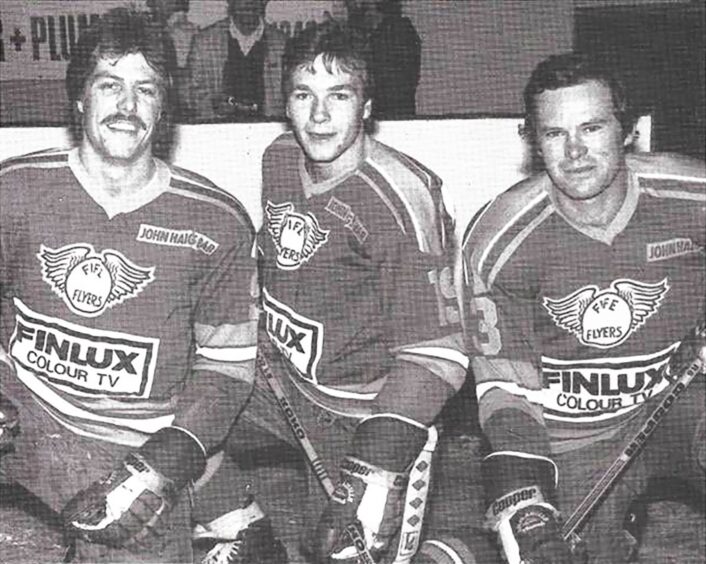
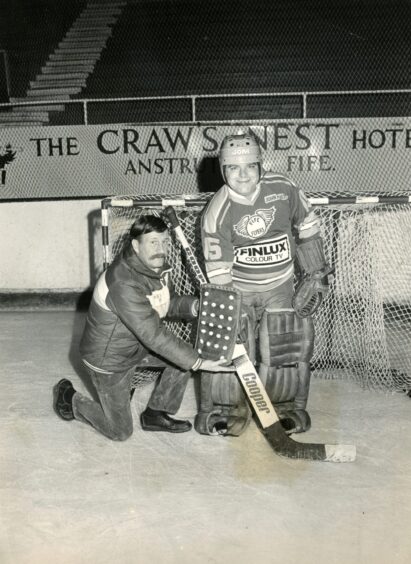
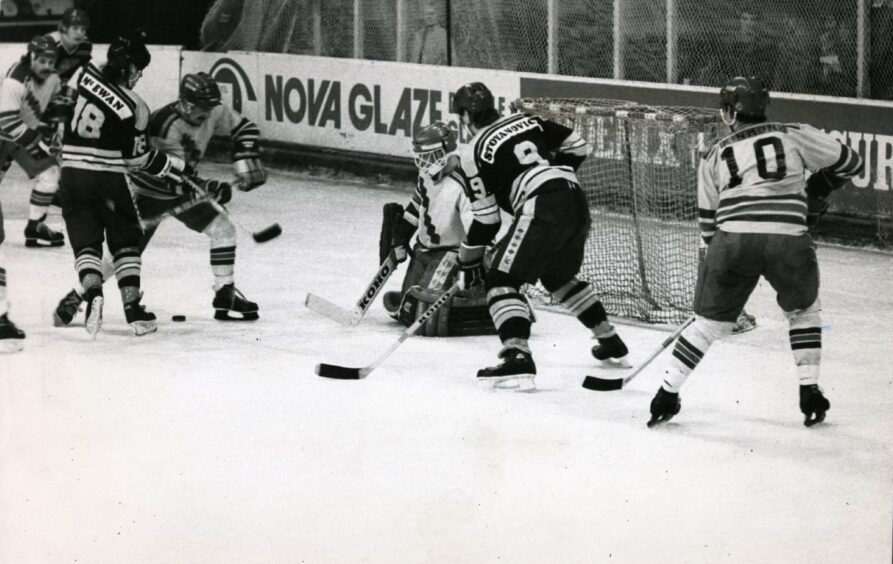
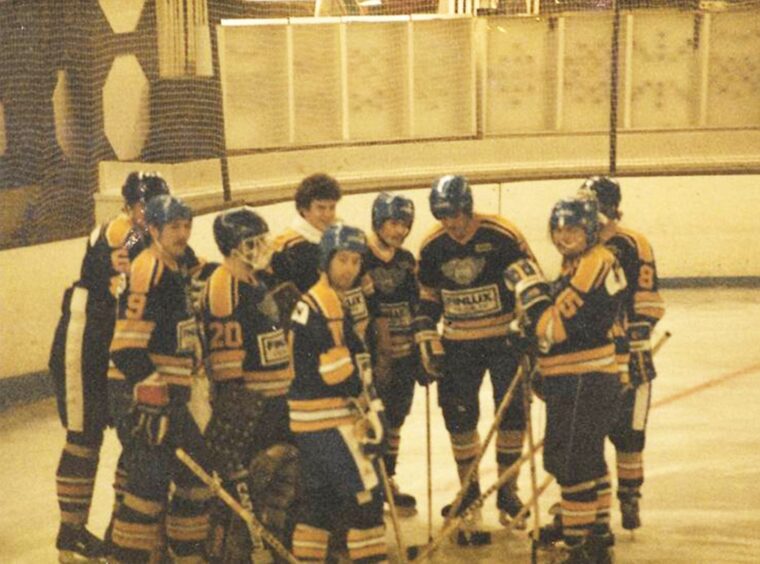
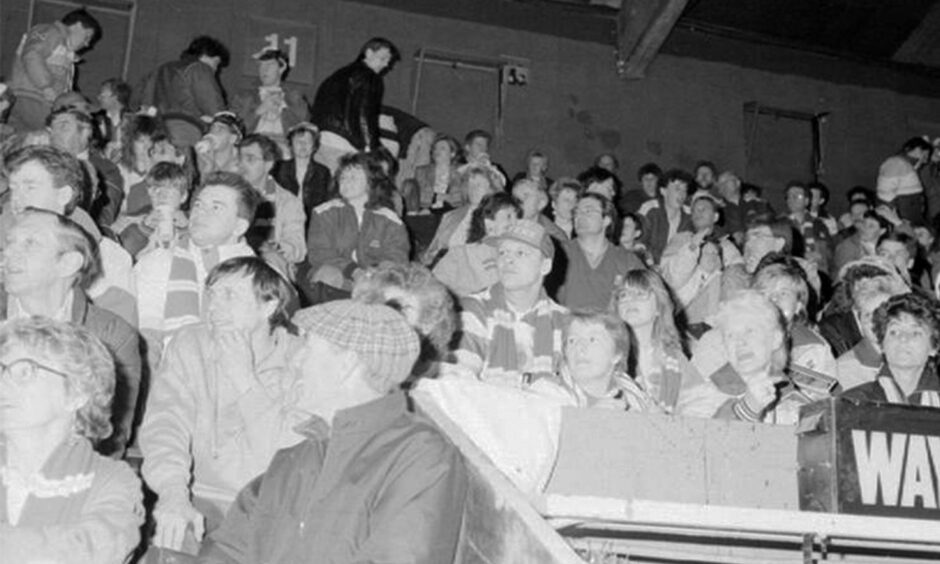
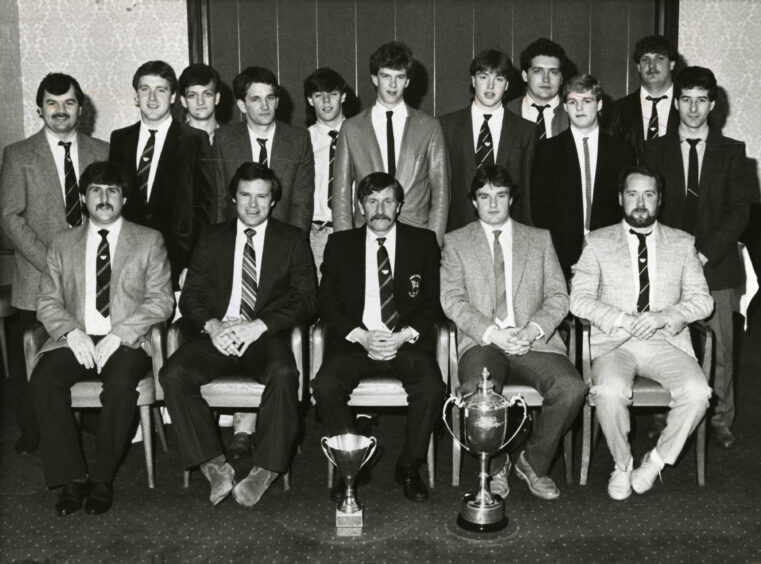
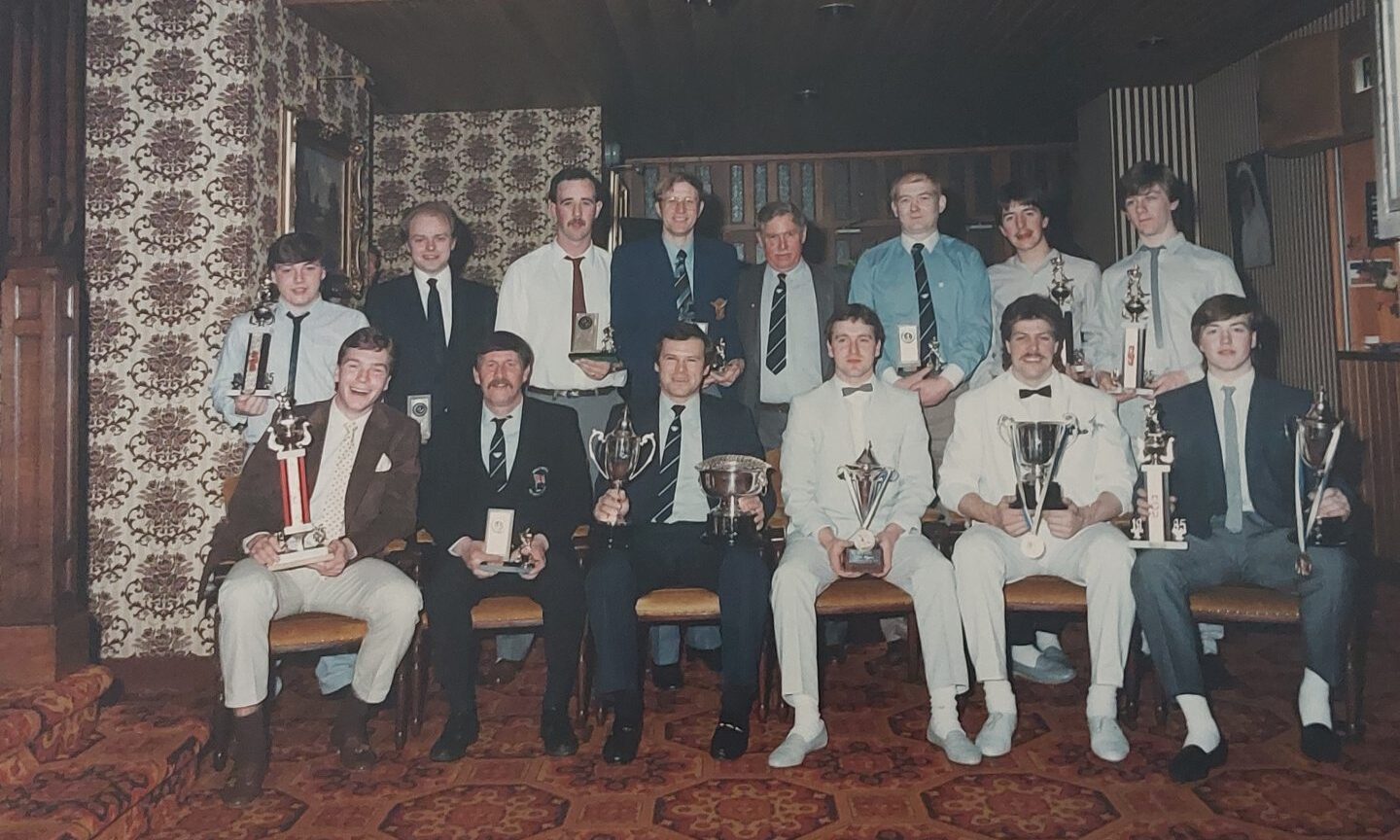
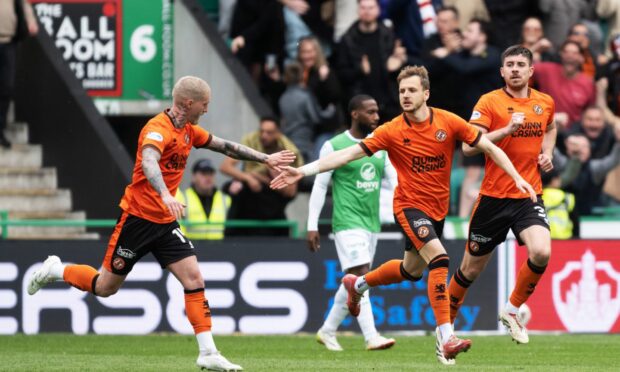

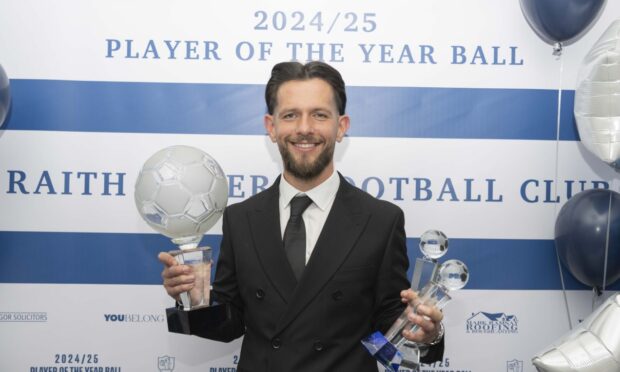
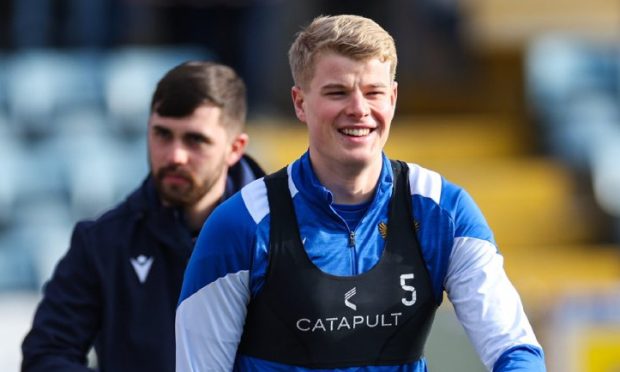



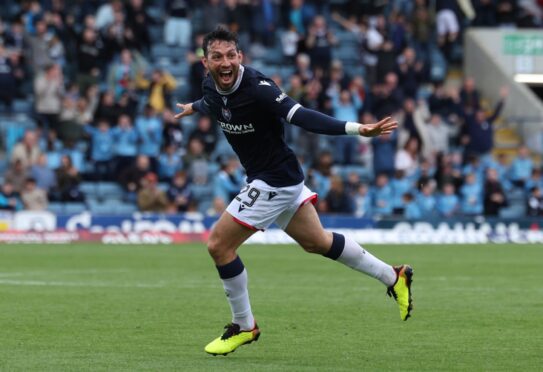
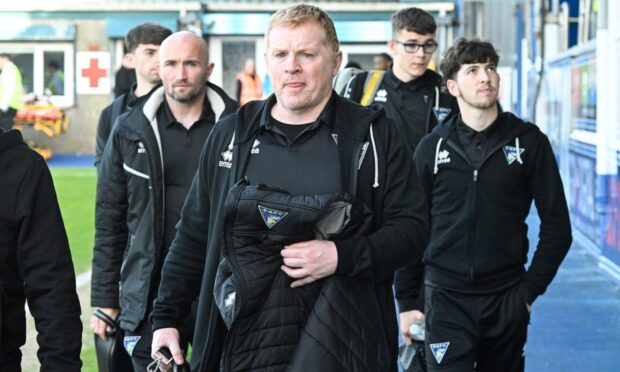
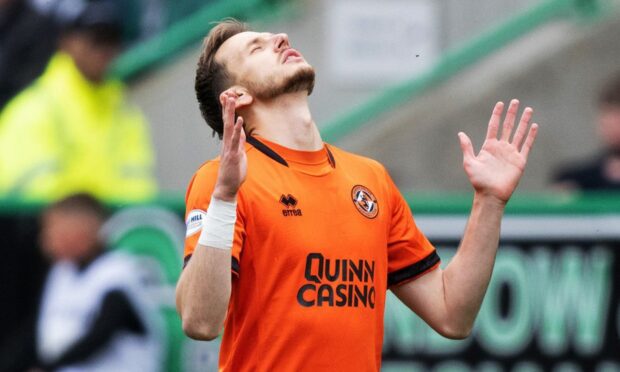
Conversation